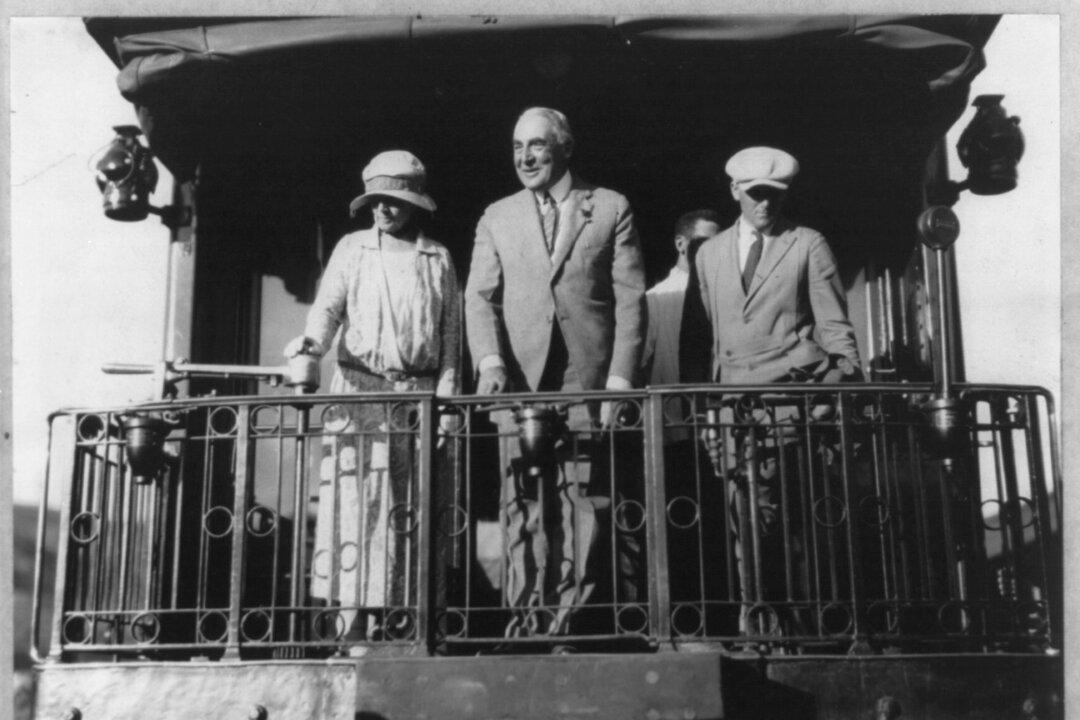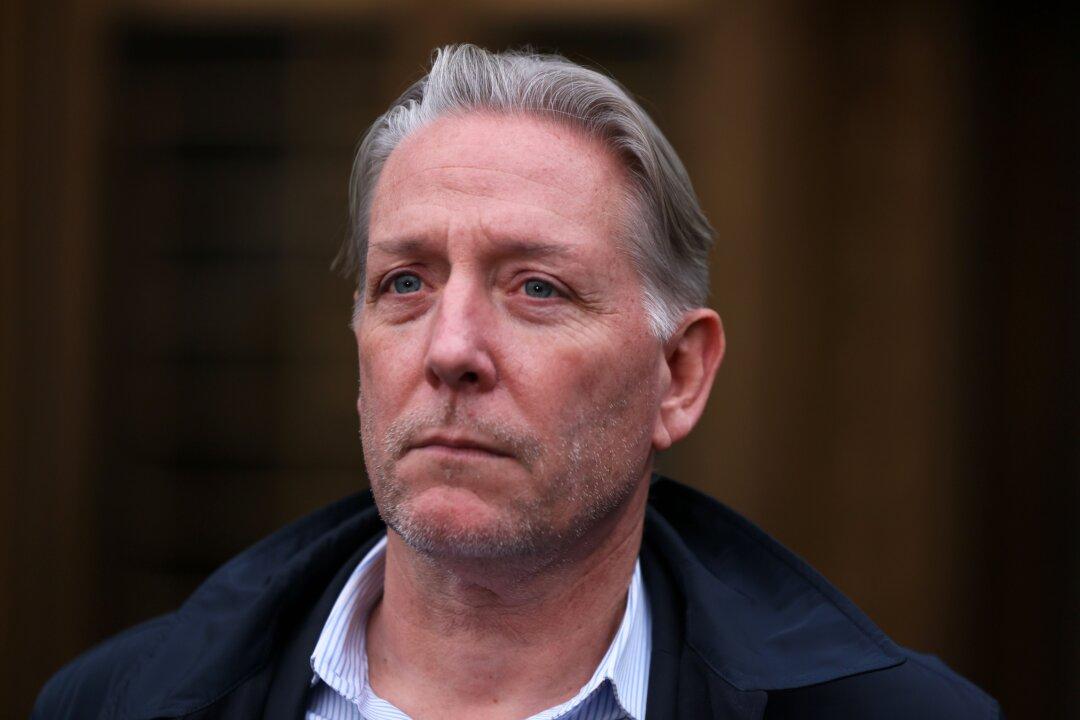News Analysis
Still prevalent in the Biden social-spending era, community action agencies date to the early 1960s, envisioned by the field marshals of President Lyndon B. Johnson’s War on Poverty as a way not just to identify and help the needy but to engage the poor in political activism.






